This month we are spotlighting landscape architect Brad Kurokawa (BLA, 1982). He currently lives and works in Hawai’i as a Principal at Ki Concepts LLC, a small landscape architecture firm.
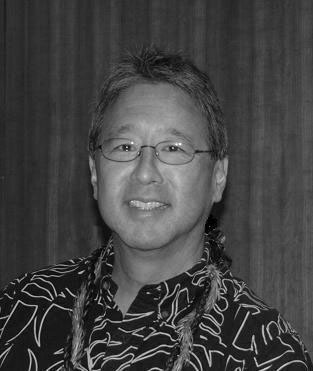
UWLA: Could you describe your current position?
BK: I’m a principal at Ki Concepts LLC, a small landscape architecture firm with my brother Joel. Our main office is in Honolulu and I work out of a satellite office on Big Island where I live. Our focus is here in Hawai’i where we have projects on most of the major islands. Our work is primarily with the public sector, designing schools campuses, parks, streetscapes, and green infrastructure although we do some private sector work. In terms of green infrastructure, something I was heavily involved with in Seattle, Hawai’i is probably about 10-15 years behind. I’m interested in regenerative planning and design which takes us beyond conventional sustainability. I’ve studied permaculture and pursued continuing education with the Regenesis Group out of Santa Fe, focused on regenerative design and development. I’m trying to advocate and implement that approach here in Hawai’i.
UWLA: In Hawai’i, the issue of sea level rise is more pressing than in other parts of the world; is mitigation something that is becoming more prevalent, or is it still developing?
BK: That dialogue is happening because sea level rise and climate change are readily experienced here. In the middle of the Pacific Ocean, Hawai’i is prone to hurricanes, tsunamis, and flooding–phenomena influenced by climate change and sea level rise. Resilience planning and reexamining our coastal zones in terms of disaster potential are definitely on people’s radar. As always with the larger issues, you’d like to see more action and less studying, but the studies are important so that we can measure, quantify, and strategize effectively.
UWLA: Can you outline your journey from undergrad to now?
BK: While in school, I interned and worked part time with Richard Haag and at the office of Jones and Jones. After graduating, I worked at Jones and Jones for about three years, then back to Rich’s office working with him pretty much one-on-one. After school, then living and working in Seattle for several years, I wanted to experience the “big city”, so I moved to San Francisco and worked for EDAW doing larger-scale planning and design projects for about three years. I landed back in Seattle in the late-eighties after traveling Europe for two and half months. I continued my career in Seattle for almost 25 years working for firms such as Gaynor Inc, The Portico Group, Murase Associates, R. David Adams, and Nakano Associates before finally moving back to my roots, Hawaii in 2005.
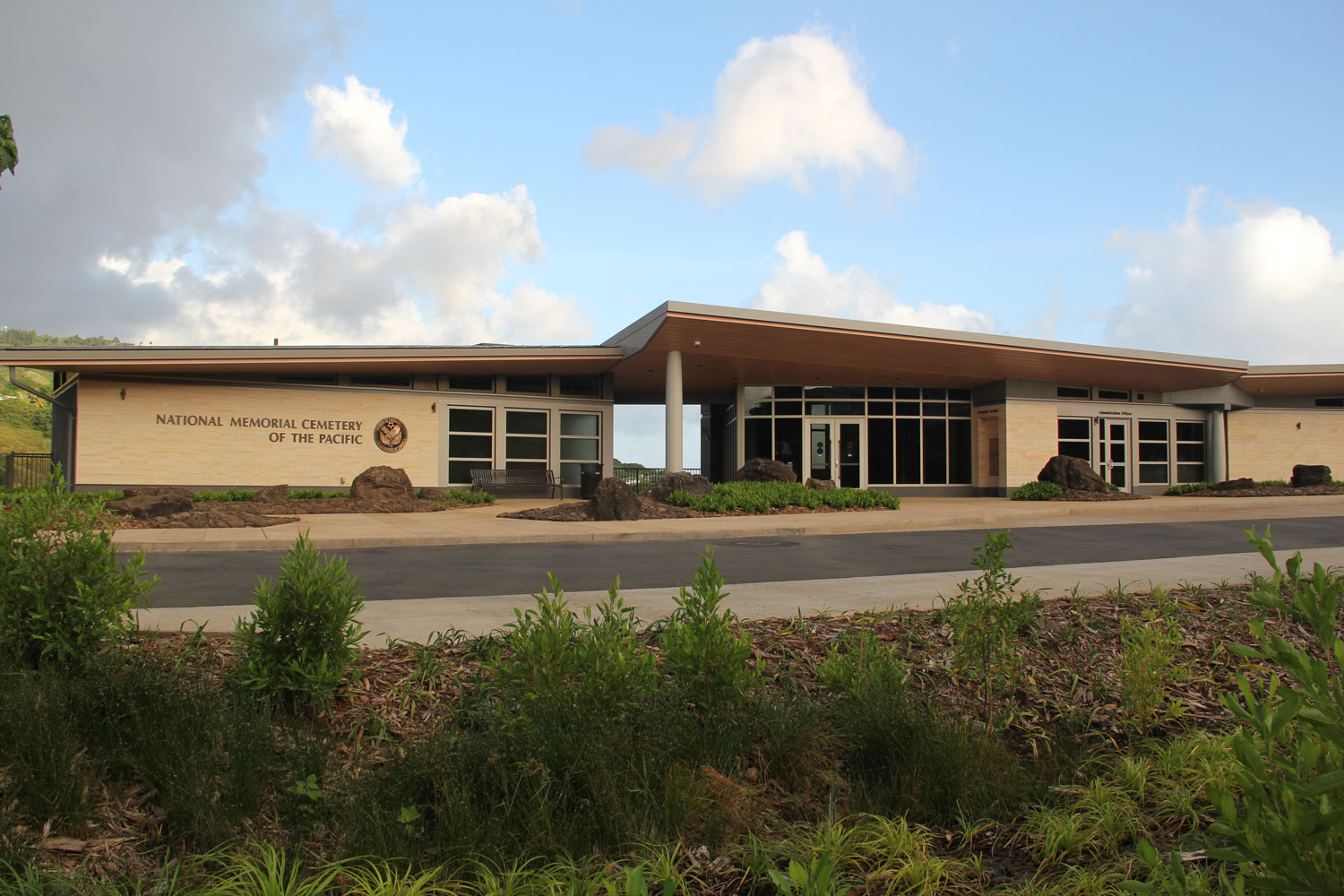 National Memorial Cemetery of the Pacific – Entry
National Memorial Cemetery of the Pacific – Entry
In the early part of my career, I constantly moved around—probably every three to five years—because I wanted to broaden my exposure to the profession and gain skills by working with different people on different projects in different offices. I worked for very small firms, large interdisciplinary firms, planning firms, and design build firms, which collectively gave me a broad foundation. I am extremely grateful to have been mentored by incredible practitioners like Kenichi Nakano, Howard Altman, Bob Murase and Rich Haag.
UWLA: How do you think your time at UW helped prepare you for those positions?
BK: The UW gave me a solid foundation and exposed me to the breadth of the profession. Professors like Kenichi, Rich and Bob Buchanan along with the range of other local design professionals sparked my passion and provided guidance that is rooted in how I practice to this day. Through the UWLA practicum program I also worked while in school, which exposed me to different firms and helped me better grasp what we were learning in school.
UWLA: Did you have a favorite place on campus (or in Seattle)?
BK: What I appreciate about the UW campus—and Seattle in general—is that there is always an opportunity to visually connect to the greater setting: the Olympics, the Cascades, Lake Washington, Lake Union, the Puget Sound. It would give me an opportunity to ground myself in the larger context of the Pacific Northwest landscape. Rainier Vista and the Arboretum, two very distinct places on campus, were special places for me. I also appreciate the various neighborhoods in Seattle—neat little enclaves that hang on, each with a strong sense of place.
Growing up in Hawai’i was similar: you can always see the water, and you orient yourself between ocean and mountains. You can place yourself in that setting and contemplate your relationship to the greater landscape and nature.
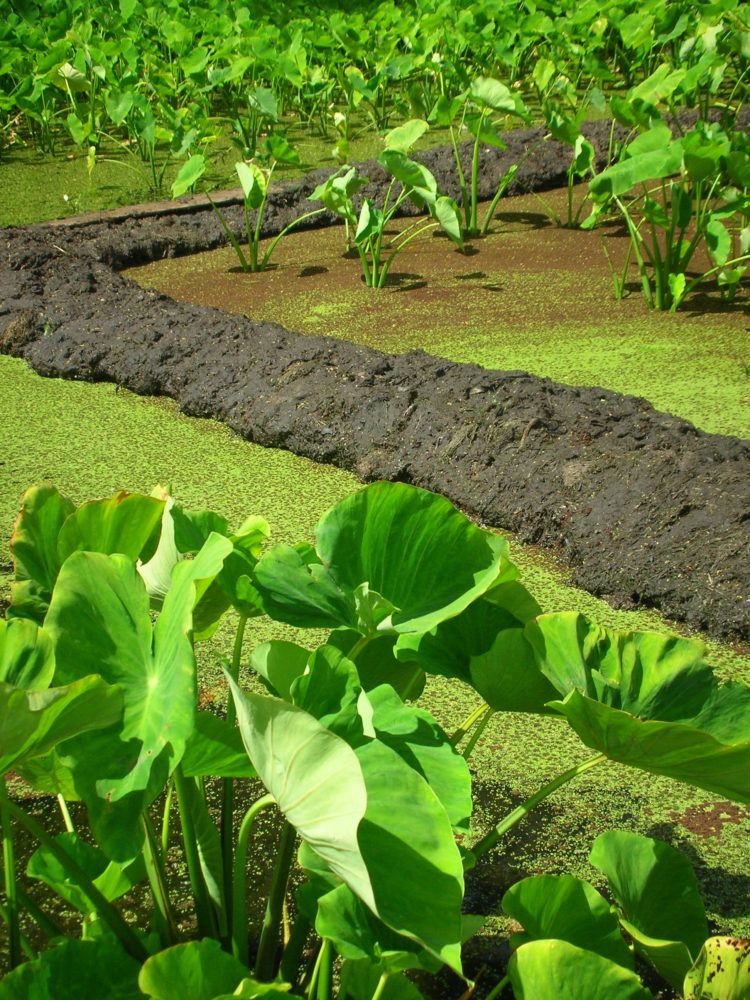 Molokai loi kalo detail
Molokai loi kalo detail
UWLA: Given that the scope of landscape architecture is always expanding and you’ve been in practice for several decades, I’m curious how your relationship with the discipline has shifted both as it’s changed and as you’ve grown as a professional.
BK: When I was in school, we were just starting to use CAD. I’ve never became proficient at its use but I’m glad that I learned how to use computers but not rely on them. There is something about the design process that, for me, needs to be tactile—the convention of putting pen to paper is magical. I believe that the human brain and its ability to take in multiple stimuli, synthesize, and generate artful or evocative design solutions is something we haven’t quite achieved with technology. One of the most intriguing aspects of environmental design is that we are experiencing movement and emotion in, through and as space in the greater environment. How do you touch the soul? I think that great design happens when you use the tools and technology but seek to connect with that which is experiential.
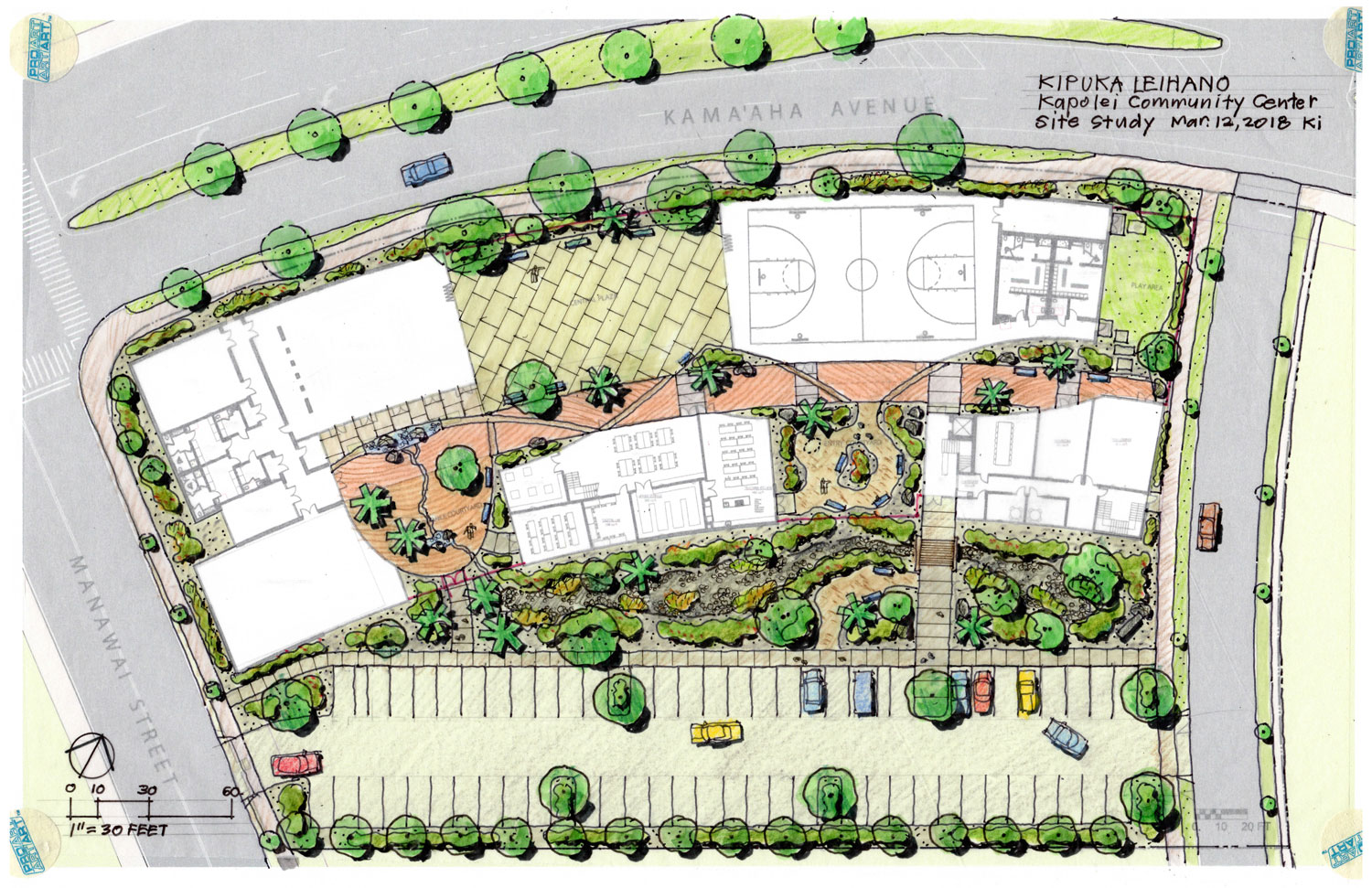 Kapolei Community Center Site Study (Ki Concepts)
Kapolei Community Center Site Study (Ki Concepts)
I’ve always enjoyed the breadth of the profession, from the smallest scale up to the regional and global. It never gets boring! The issues that face our society—climate change, rising sea levels, peak oil—are critical, and I think it has always been important for the profession to consider how we engage with nature and coexist in a hopefully harmonious way. This motivates my particular interest in sustainability; we need to be more holistic, more integrated. We need to realize that we are not separate from, but a part of Nature. We have to learn how to become creative partners within Nature. When I think about it, this knowing has been behind my interest and passion for the profession, then and now. It’s all connected.
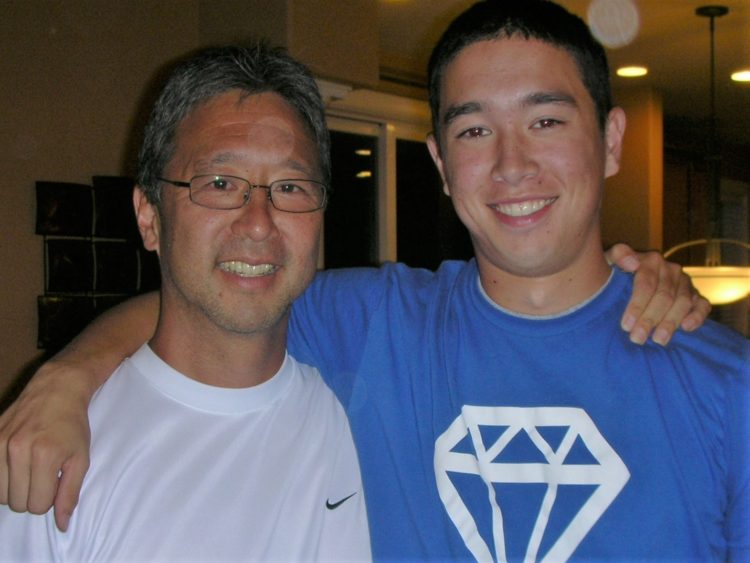 Two generations of Kurokawa at UW – Brad with son Kyle, UW BLA 2015.
Two generations of Kurokawa at UW – Brad with son Kyle, UW BLA 2015.